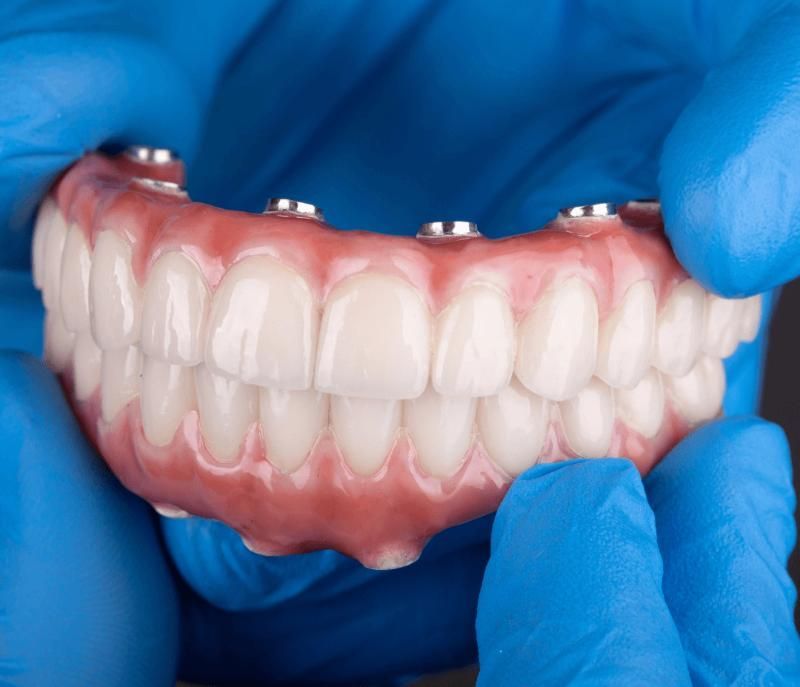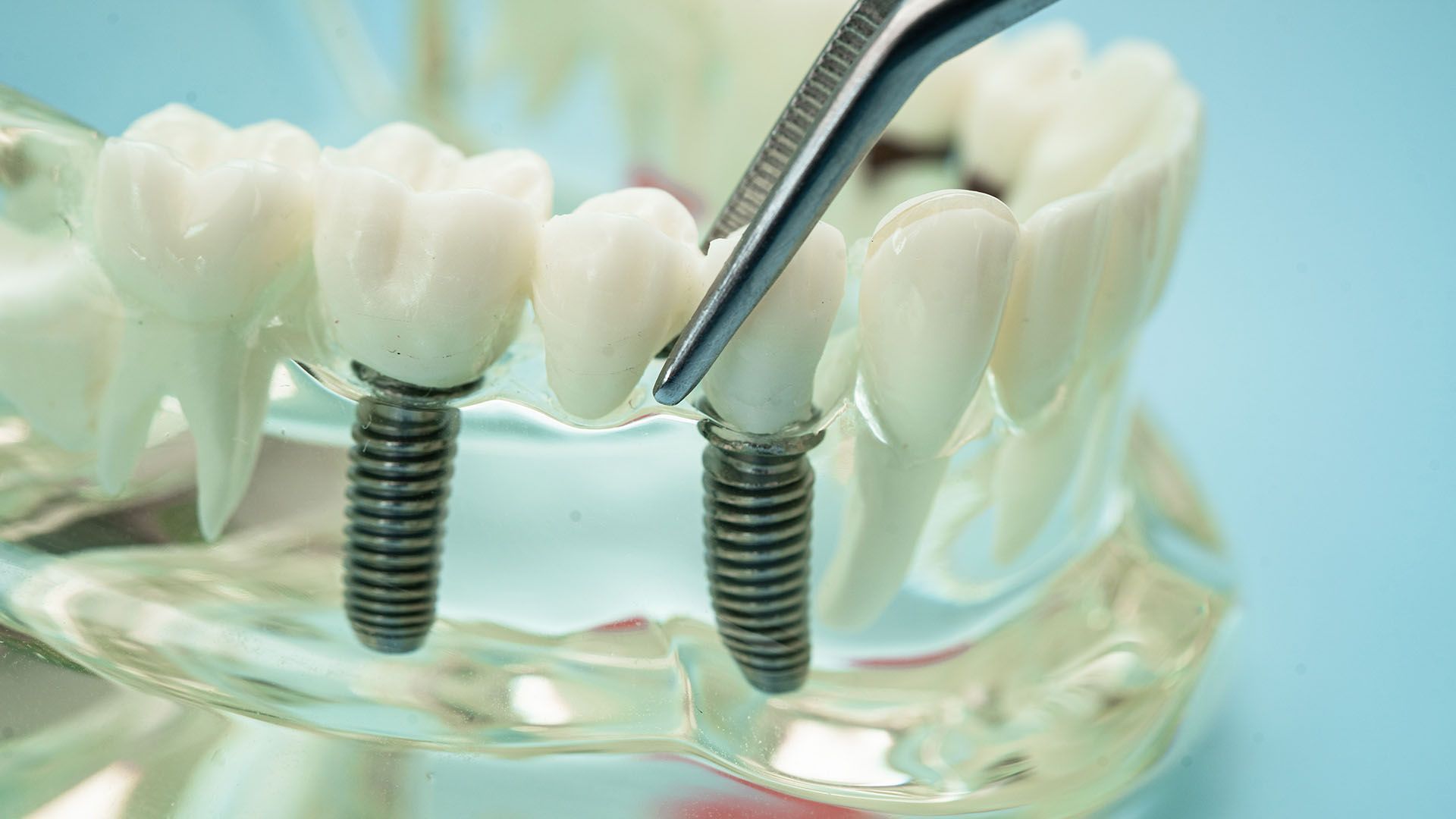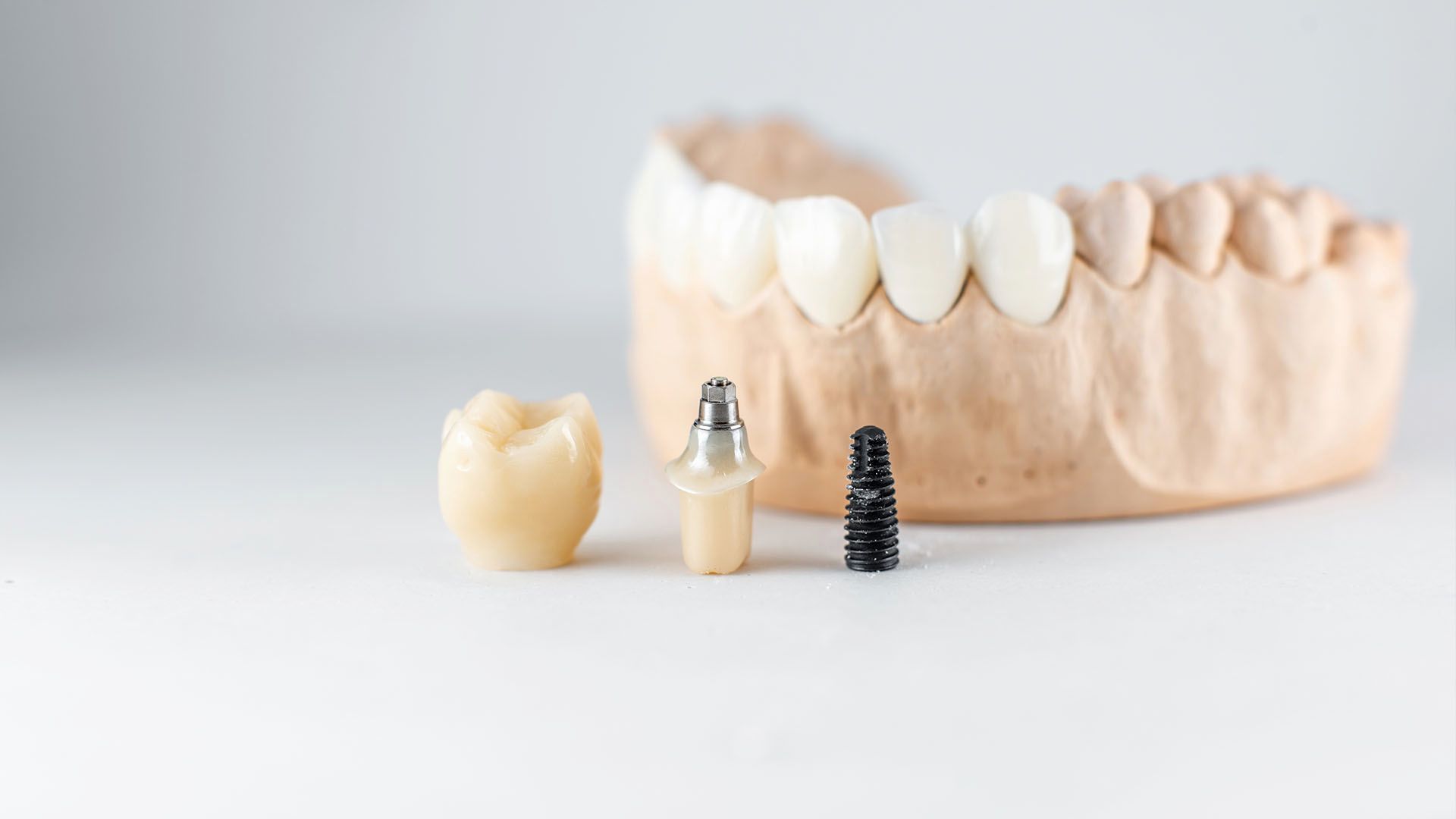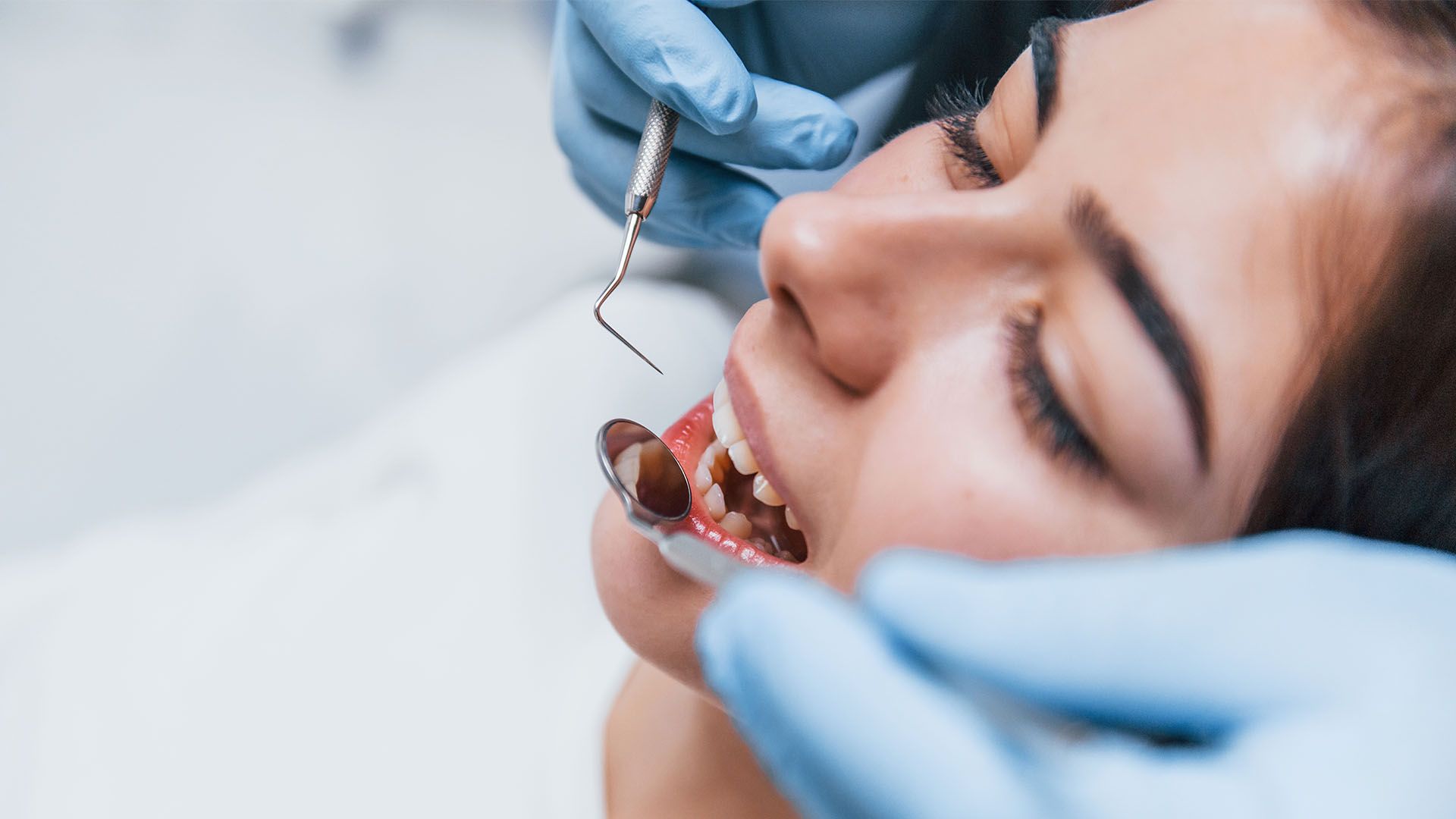Snap In False Teeth: Benefits, Cost, & Care Guide
Snap-in false teeth provide a secure and comfortable alternative to traditional dentures by attaching to dental implants. Ideal for those seeking a reliable and natural-feeling solution, snap-in dentures enhance stability and confidence in daily activities. In this article, we’ll explore what snap-in false teeth are, their benefits, the process of getting them, their cost, and how to care for them.
Key Takeaways
- Snap-in false teeth offer enhanced stability and comfort compared to traditional dentures, securing firmly to dental implants for a more natural feel.
- The process of obtaining snap-in dentures involves several steps including an initial evaluation, surgical placement of implants, and ongoing adjustments for optimal fit.
- While the cost of snap-in false teeth can range from $3,000 to $10,000 per arch, their durability and improved quality of life make them a worthwhile investment for many patients.
Understanding Snap-In False Teeth

Snap-in false teeth represent a significant advancement in dental prosthetics. Unlike traditional dentures that can slip and cause discomfort, snap-in dentures attach securely to dental implants embedded in the jawbone. This innovative design offers a stable and comfortable fit, making them an excellent option for those seeking a reliable teeth replacement solution.
What Are Snap-In False Teeth?
Snap-in false teeth, also known as fixed implant supported dentures, are a type of removable denture designed to replace several missing teeth. They attach to the jawbone using dental implants, which are titanium posts surgically inserted into the bone. This setup provides a stable and comfortable fit, allowing users to enjoy their favorite foods without the need for denture glue.
These dentures offer numerous advantages over traditional dentures. For one, they provide greater stability and comfort, as they don’t shift or move in the mouth. This makes them ideal for denture wearers who have struggled with the discomfort and limitations of regular dentures.
Additionally, snap-in dentures closely mimic the appearance and function of natural teeth, boosting confidence and improving the overall quality of life.
How Do Snap-In False Teeth Work?
Snap-in dentures work by securing themselves onto dental implants that act as anchors in the jawbone. This mechanism ensures that the dentures remain stable and functional, much like natural teeth. The implants provide essential stability, allowing the dentures to snap on and off with ease while staying firmly in place during daily activities like eating and speaking. This process makes snap in dentures a reliable option for those seeking an alternative to traditional dentures.
Benefits of Snap-In False Teeth
The benefits of snap-in false teeth are manifold. Here are some key advantages:
- Enhanced stability and comfort
- Improved oral health
- Natural appearance
- Better chewing capability
- Easier maintenance
- Faster procedures
These dentures offer a superior alternative to conventional dentures, making them an attractive choice for those seeking reliable replacement teeth options.
Enhanced Stability and Comfort
One of the most significant advantages of snap-in false teeth is their enhanced stability and comfort. Traditional dentures often slip and cause discomfort, leading to sore spots and limited food choices. In contrast, snap-in dentures provide a secure fit that prevents movement in the mouth, allowing users to enjoy a broader diet and speak confidently.
The comfort of snap-in false teeth is further enhanced by their high-quality design and materials. Unlike traditional dentures, which can cause gum irritation, snap-in dentures are tailored to provide a better fit and feel. This significantly reduces the need for denture adhesives, contributing to a more comfortable experience overall.
Improved Oral Health
Snap-in false teeth contribute significantly to improved oral health. They attach to dental implants, maintaining jawbone density and preventing the bone loss that often occurs with traditional removable dentures.
This stability not only enhances oral function but also ensures better long-term oral health outcomes.
Natural Appearance and Function
Aesthetically, snap-in dentures closely resemble natural teeth, providing a pleasing look that boosts patient confidence. They are designed to mimic the look and feel of natural teeth, allowing patients to eat and speak with ease.
This natural appearance and function significantly enhance the patient’s quality of life, making snap-in dentures an excellent choice for those seeking a more natural smile.
The Process of Getting Snap-In False Teeth
Getting snap-in false teeth involves several well-defined steps, starting from the initial consultation to the final fitting. This process ensures that the dentures fit perfectly and provide the desired comfort and functionality.
Throughout these stages, patients can expect thorough evaluations, precise implant placements, and necessary adjustments to achieve the best results.
Initial Consultation and Evaluation

The initial consultation is a crucial first step in the process. During this appointment, dentists assess the patient’s jawbone density and overall oral health using imaging techniques such as X-rays and CBCT scans. This evaluation helps determine the suitability for implants and identifies any additional procedures needed, such as tooth extractions or bone grafts.
Implant Surgery and Healing Period
The next step is the surgical placement of dental implants into the jawbone. This procedure is meticulously planned using diagnostic imaging to ensure precise placement. Following the surgery, there is a healing period of several weeks to months, allowing the jawbone to integrate with the implants.
This integration is crucial for the stability and success of the snap-in dentures.
Fitting and Adjustments
Once the implants have healed and integrated with the jawbone, the final fitting of the snap-in dentures takes place. This stage involves adjusting the dentures to ensure they fit comfortably and align correctly with the patient’s bite.
Dentists may make modifications based on patient feedback to achieve the best possible fit and function.
Cost of Snap-In False Teeth

The cost of snap-in false teeth can vary widely based on several factors. These include the number of dental implants required, the materials used, and any additional procedures needed. Despite the initial investment, many find snap-in dentures to be a cost-effective solution due to their durability and the enhanced quality of life they offer.
Factors Affecting Cost
Several factors influence the cost of snap-in false teeth. The number of implants needed depends on the patient’s jawbone health and the type of dentures. Additionally, the materials used and any preparatory procedures, such as tooth extractions or bone grafts, can increase the overall cost.
It’s essential to consider these factors when planning for snap-in dentures.
Typical Price Range
The typical price range for snap-in false teeth varies significantly based on individual needs and circumstances. Costs can range from $3,000 to $10,000 per arch, with a complete set potentially costing double.
While the initial investment may be higher compared to traditional dentures, the long-term benefits and functionality often justify the expense.
Caring for Your Snap-In False Teeth
Proper care and maintenance are crucial for extending the lifespan of snap-in false teeth and ensuring their optimal functionality. A consistent cleaning routine, regular dental check-ups, and addressing common issues promptly can help maintain the health and performance of snap-in dentures.
Daily Cleaning Routine
Maintaining a daily cleaning routine is vital for the hygiene and longevity of snap-in dentures. This includes using a soft-bristled brush and non-abrasive cleaner specifically designed for dentures. It’s also recommended to use a water flosser to remove debris around the implants. Soaking the dentures overnight in a cleaning solution helps eliminate germs and maintain moisture, preventing warping.
Taking out the dentures at night reduces the risk of gum irritation and allows for thorough cleaning. Brushing the dentures with unscented antibacterial soap and water before bedtime ensures that food particles are removed, keeping the dentures clean and fresh for the next day.
Regular Dental Check-Ups
Regular dental check-ups are essential for maintaining the overall health of snap-in false teeth and the surrounding tissues. During these visits, professional cleaning helps remove plaque and tartar buildup, preventing gum disease.
Dentists can also check for fit and comfort issues, making necessary adjustments to ensure optimal performance.
Handling Common Issues
Common issues with snap-in false teeth, such as discomfort or looseness, can usually be addressed with proper care and regular maintenance. If users experience soreness, tenderness, or minor irritation, they should consult their dentist.
Ensuring that the dentures fit correctly and are well-maintained can prevent these problems and provide a comfortable experience.
Comparing Snap-In False Teeth to Other Denture Options
When comparing snap-in false teeth to other denture options, their superior stability and functionality stand out. They offer improved chewing, eating, and speaking capabilities, making them a more effective solution for many patients.
Additionally, the cost-effectiveness and convenience of snap-in dentures make them a compelling choice.
Snap-In False Teeth vs. Traditional Dentures
Snap-in false teeth offer significant advantages over traditional dentures. They provide a more comfortable and secure fit, preventing the common issues of shifting and wobbling. The bar-retained system used in some snap-in dentures distributes biting and chewing forces more evenly, reducing premature wear and enhancing durability.
Regular dental visits are essential to maintain the fit and performance of snap-in dentures.
Snap-In False Teeth vs. Fixed Dentures
While fixed dentures offer a more permanent solution, snap-in false teeth provide greater convenience and ease of cleaning. Snap-in dentures can be removed by the patient, making oral hygiene maintenance simpler without the need for special tools.
This flexibility, combined with the stability and functionality of snap-in dentures, makes them a suitable choice for various patient preferences and lifestyles.
Who is a Candidate for Snap-In False Teeth?
Snap-in false teeth are an excellent option for individuals who are missing most or all of their teeth or have several missing teeth. Determining candidacy involves scheduling a consultation with a dental professional.
Good overall health and sufficient jawbone density are critical factors in ensuring the success of implant-supported dentures.
Assessing Jawbone Density
A successful snap-in denture procedure requires sufficient bone in the jaw to accommodate dental implants. During the initial consultation, dental professionals will assess your medical history and perform imaging tests to evaluate jawbone density.
In cases where there is insufficient bone, dental bone grafts can be used to enhance the jawbone and ensure a stable foundation for the implants.
Medical Considerations
Certain medical conditions, such as uncontrolled diabetes or autoimmune diseases, may impact the eligibility for snap-in dentures. Patients on medications like steroids might also face increased risks during the dental implant process. Additionally, maintaining good oral health, especially the absence of gum disease, is crucial for a successful outcome.
It’s essential to discuss any medical conditions or medications with your dentist to ensure the best treatment plan.
Summary
In summary, snap-in false teeth offer a revolutionary solution for those seeking a stable, comfortable, and aesthetically pleasing alternative to traditional dentures. They provide numerous benefits, including improved oral health, a natural appearance, and enhanced functionality. By understanding the process, costs, and care requirements, and determining if you’re a suitable candidate, you can make an informed decision about this transformative dental option. Embrace the possibility of a new smile and improved quality of life with snap-in false teeth.











